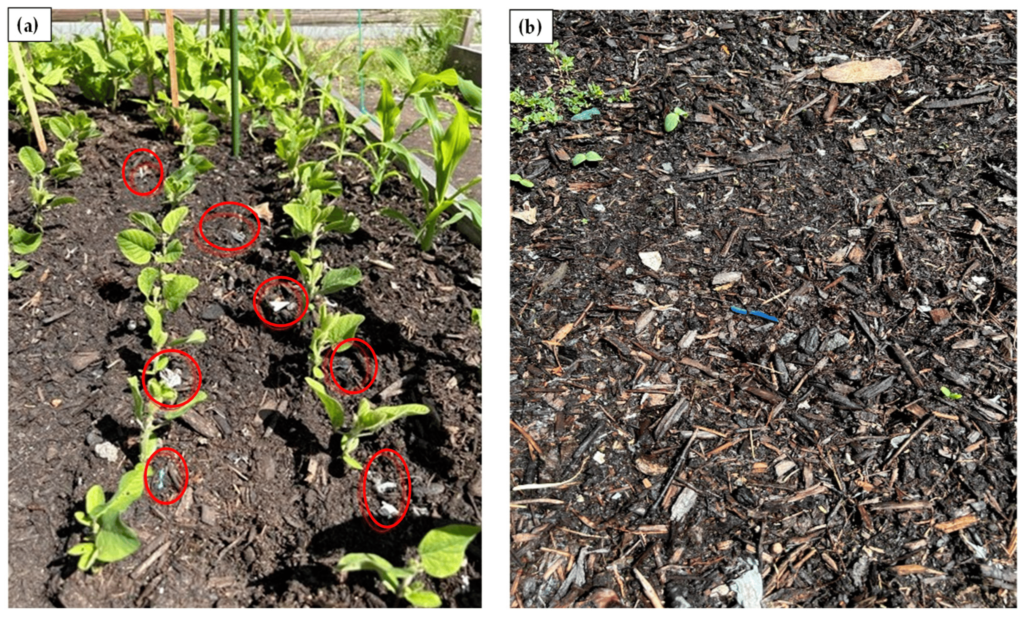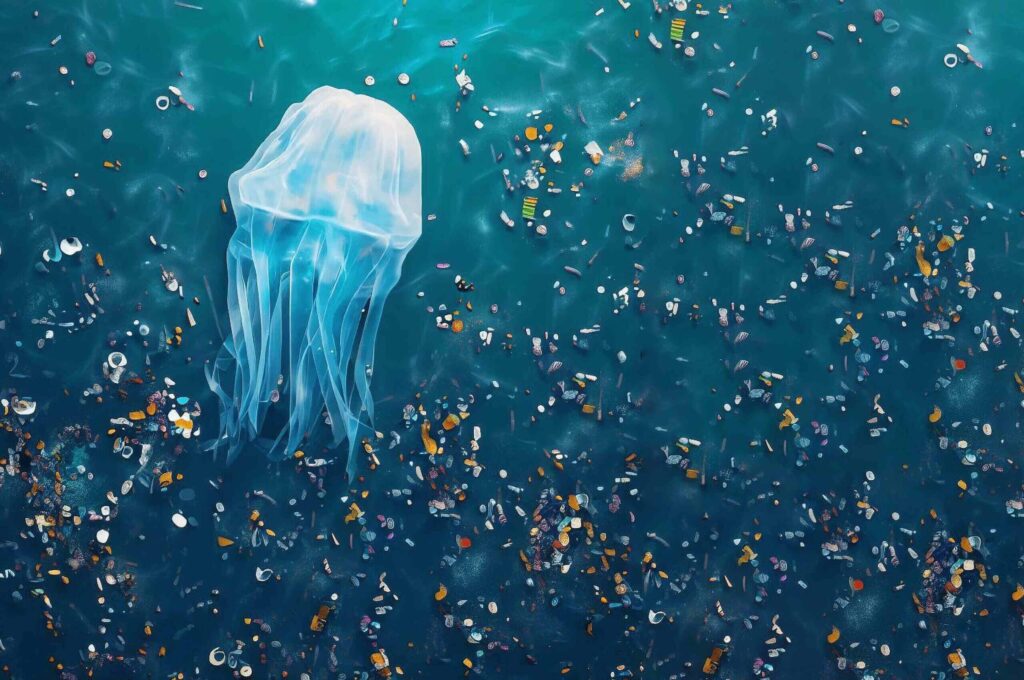Our world depends on photosynthesis—the natural process where plants and algae convert sunlight into life-sustaining energy. However, the growing presence of microplastics and photosynthesis disruption is creating an invisible threat beneath the surface of lush forests and vast oceans. These tiny plastic particles are silently damaging photosynthesis, jeopardizing ecosystems and the oxygen we breathe. This article explores the profound impacts of microplastics on this vital process and what it means for our planet’s future.
Understanding Microplastics: Tiny Pollutants with Big Consequences
Microplastics, often less than 5 millimeters in size, originate from everyday plastic waste such as clothing fibers, packaging fragments, and cosmetics. Because of their small size, they spread everywhere—polluting rivers, soil, and oceans. While many know about the harm microplastics cause to marine animals, few realize they are interfering with photosynthesis as well.
As these particles accumulate on water surfaces, they block sunlight from reaching aquatic plants and phytoplankton, reducing their ability to photosynthesize. In soil, microplastics alter the delicate balance of microorganisms that help plants absorb nutrients. This invisible pollution hampers nature’s capacity to produce oxygen and absorb carbon dioxide.
How Microplastics Affect Photosynthesis in Ocean Ecosystems
Oceans generate about half of the world’s oxygen through phytoplankton—microscopic algae that live near the surface. Unfortunately, microplastics interfere by shading these organisms from sunlight, essential for photosynthesis. Worse, microplastics can attach to phytoplankton cells, physically damaging them or releasing toxins. This disruption affects marine food chains and lowers oxygen production, which could have far-reaching effects on global climate patterns. Reduced phytoplankton growth means less carbon dioxide is absorbed from the atmosphere, accelerating climate change.
How Soil Pollution by Microplastics Affects Plant Life
The problem extends beyond water. Microplastics build up in soils worldwide, where plants grow and absorb nutrients. These tiny plastics alter the microbial communities that are essential partners in photosynthesis and plant health. As a result, plant roots become less efficient, and their ability to photosynthesize diminishes. The consequences ripple through ecosystems and agriculture, threatening food security and biodiversity. Soil contamination by plastics is a growing concern for sustainable farming practices and natural landscapes alike.

Microplastics and Photosynthesis: A Hidden Factor in Climate Change
Photosynthesis plays a crucial role in stabilizing the climate by absorbing carbon dioxide and releasing oxygen. When microplastics reduce photosynthetic activity in plants and algae, less carbon dioxide is captured, worsening global warming. This creates a dangerous feedback loop: plastic pollution accelerates climate change, while climate change makes ecosystems more vulnerable to pollution’s effects. Addressing microplastic pollution, therefore, becomes a climate imperative.
Combating Microplastics to Safeguard Photosynthesis and Ecosystems
Though the threat is significant, solutions are available. Reducing single-use plastics, improving waste management, and developing biodegradable materials are crucial steps. Public awareness campaigns and personal lifestyle changes also play a role in curbing plastic pollution. Supporting organizations focused on cleanup and innovation, like The Ocean Cleanup, amplifies these efforts. Individual choices to reduce plastic use help protect photosynthesis and, ultimately, the planet’s health.
Protecting Photosynthesis from Microplastic Pollution: Why It Matters
Photosynthesis sustains life by producing oxygen and supporting food chains. Microplastics’ interference with this process is a silent threat demanding our urgent attention. By understanding the subtle yet powerful link between microplastics and photosynthesis, we recognize our role in protecting the planet. The battle against plastic pollution is more than just keeping beaches clean—it’s about preserving the very breath of life on Earth. Together, we can ensure photosynthesis continues to nourish generations to come.







More Stories
Maithili Thakur: From Folk Singing Sensation to Rising Political Star
Mysuru Dasara: The Royal Festival of Karnataka – History, Culture, and Celebration
Blood Moon Over Sydney: Unveiling the Celestial Show with Telephoto Magic